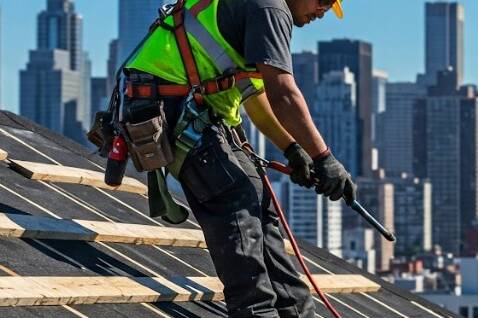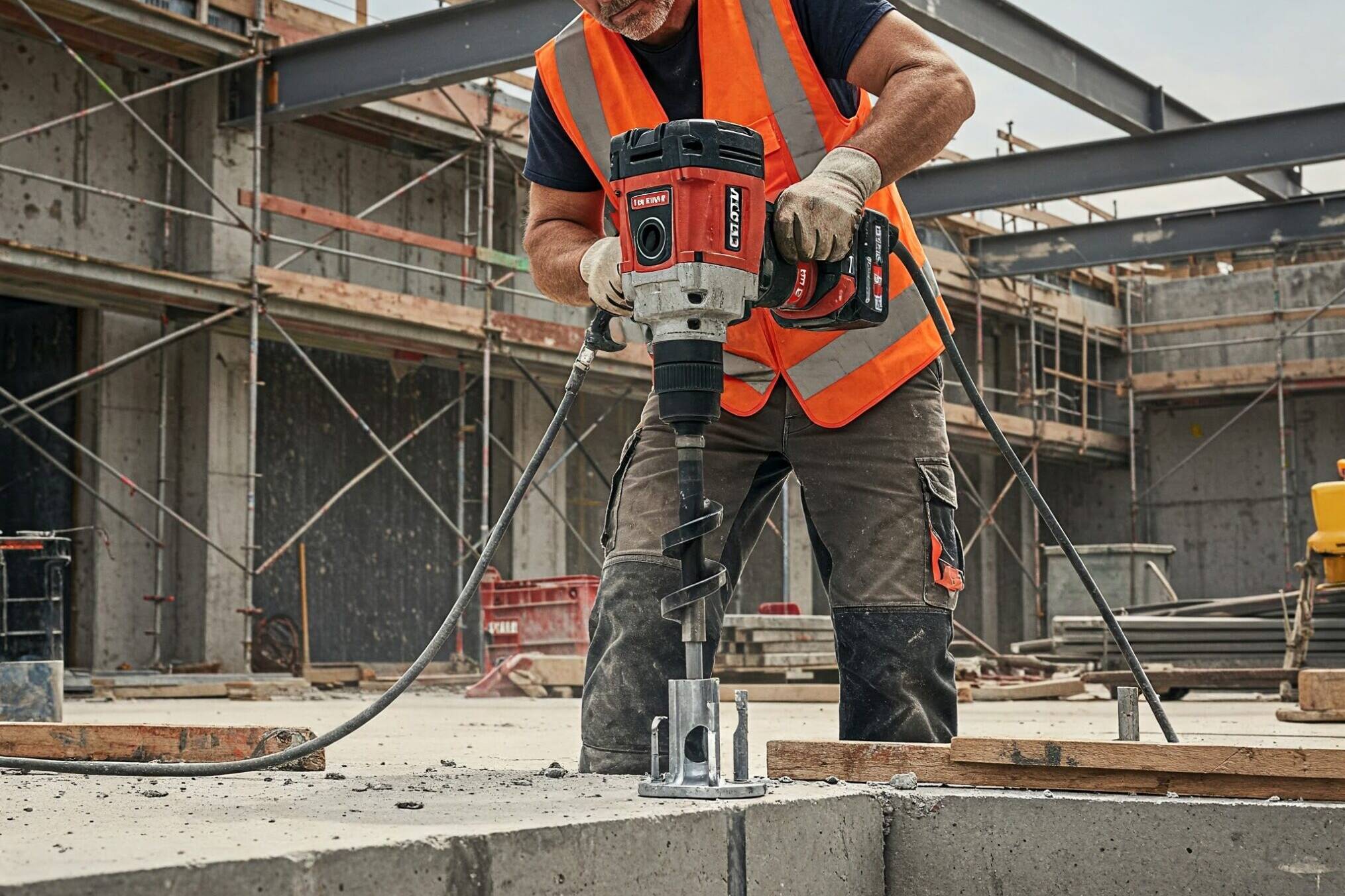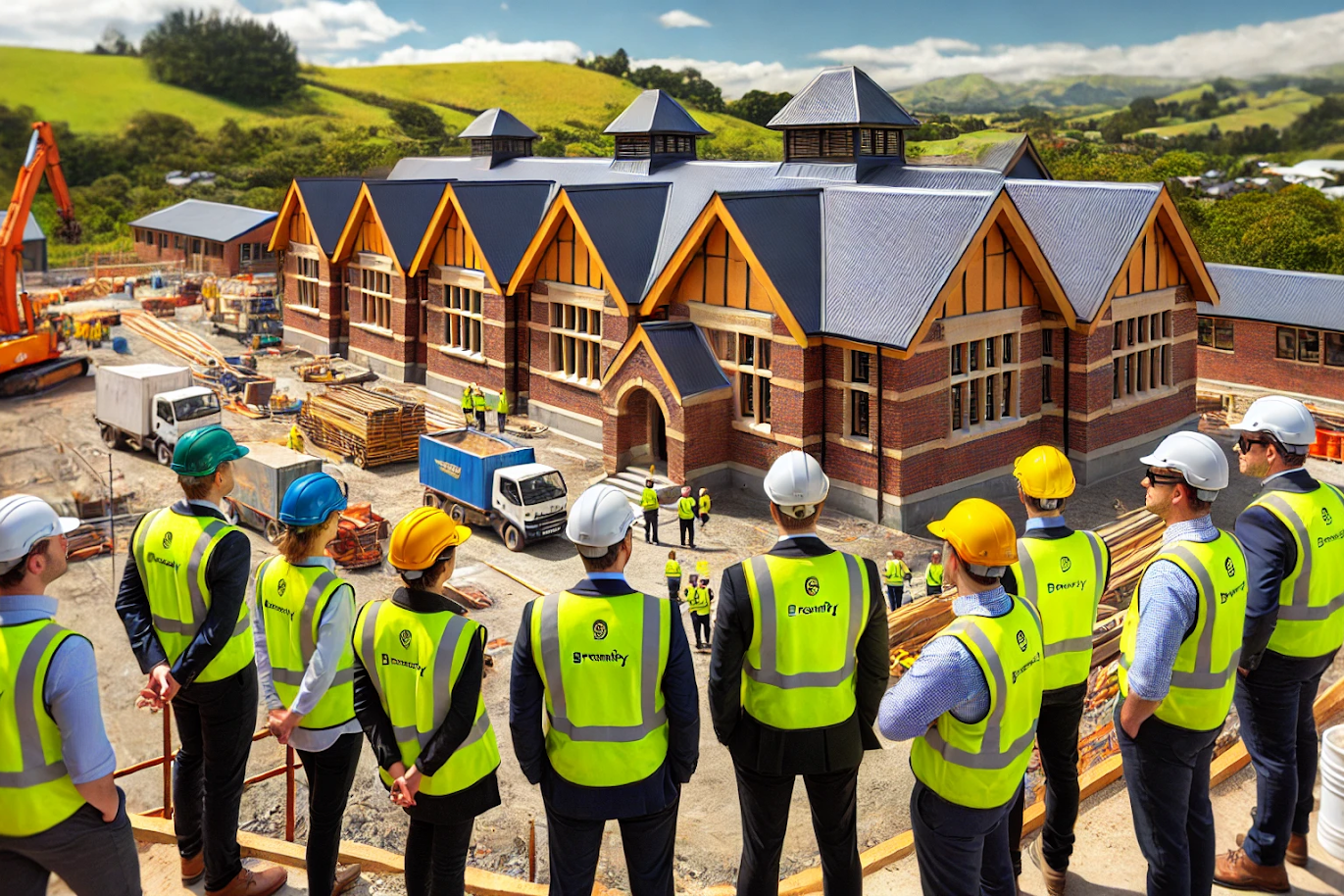Over the last year, Senior Engineer Gye Simkin, has led a monthly webinar talking about relevant construction topics related to non-structural seismic engineering and racking. We’ve put these together in this handy article so you have the library of articles at your fingertips. Check through and choose the topics that interest you.
The following webinars cover topics from seismic restraint compliance, updates to industry standards and new ways of working.
Non Structural Seismic Restraints
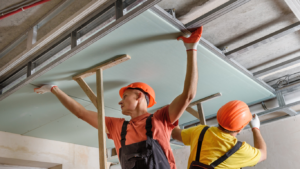
New Zealand has seen considerable changes since the 2011 Christchurch earthquakes leading to stricter regulations around seismic restraints. In this article, Gye Simkin explains the importance of seismic restraints, the hierarchical triangle of the Building Act, Building Regulations and the Building Code, and the challenges of the compliance pathway, especially given some of the current standards still existing in draft form. Read more here.
Detailed Seismic Assessments (DSAs) aim to qualitatively confirm the earthquake rating of a building or its elements. While non-structural elements such as suspended ceilings, partitions or suspended services, are not part of the primary structure, they play a part in the overall safety of a building. Through a DSA, existing commercial interior elements are assessed depending on their space classification, party type and factors such as weight. Read more here.
Updated Standards

Changes to the Steel Storage Racking Standard includes changes to the design of racking structures and the operation and ongoing maintenance of racking to ensure ongoing safety and efficiency.
This article will outline why racking designed since 2012 may require regulatory action if modifications have been made. The new standards also require annual audits of racking systems by competent persons from external providers. Read more here.
C2 anchors used post-installation in concrete structures are vital for both structural and non-structural connections. Changes to New Zealand’s Concrete Standard NZS 3101 now requires the NZ industry to comply with European testing criteria. The implications for commercial interiors have shifted dramatically and this has been seen in areas such as suspended ceilings, where the use of C2 rated anchors are changing many of the traditional approaches.
This article explains the role of C2 rated seismic anchors and their impact on various construction elements, specifically focusing on commercial interiors. Read more here.
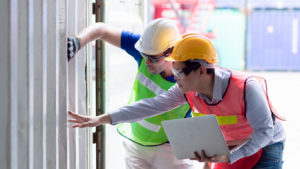
Proposed changes to TS1170.5 allows for practical testing and feedback before it becomes part of the NZ Building Code, allowing it to be assessed for commercial viability and effectiveness. The changes include findings from the national seismic hazard model, with changes affecting regions with higher seismic risks. This article discusses the implications for different areas as well as the importance of industry feedback on the proposed changes. Read more here.
Ways of working
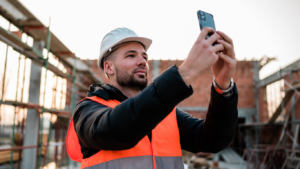
Construction monitoring and PS4s play an important role ensuring engineering designs are carried out as planned. This has traditionally been done through site visits, but the time and cost to send an engineer onsite is high, and can slow progress if work needs to wait for sign off. This article discusses the role of remote inspections, which allow for the use of video calls and photos to demonstrate work that’s been completed. Gye describes the process of remote inspections and how to book one in. Read more here.
Compliance pathways vary between Australia and New Zealand. In Australia, the Australian Building Code feeds into the National Construction Code (NCC) which sets minimum requirements for buildings in Australia. These feed into the relevant standards such as Loading Standards and Material Standards. Learn more about the similarities, differences and recent changes to the Australian code as well as the differences in certification by state and territory. Watch webinar here.
If you’d like more information on any of these topics, check out the articles in our news section, or get in touch with the team. We are always happy to help.
Fall Arrest Systems: How Fall Protection Compliance Differs Between Australia and New Zealand
While both Australia and New Zealand adhere to similar fall protection standards, their approaches to enforcement and…
Rethinking Seismic Anchors: A Smarter Approach for Interiors Engineering
Explore how Brevity is leading a smarter approach to seismic anchors in interiors engineering—balancing compliance,…
Navigating Interiors Engineering Challenges in New Zealand’s Education Sector: Key Considerations for Architects
Designing interiors for educational facilities in New Zealand requires a precise balance between safety, functionality,…
